Home>Storage Ideas>Bathroom Storage>7 Ways To Clean Your Bathroom With Bleach
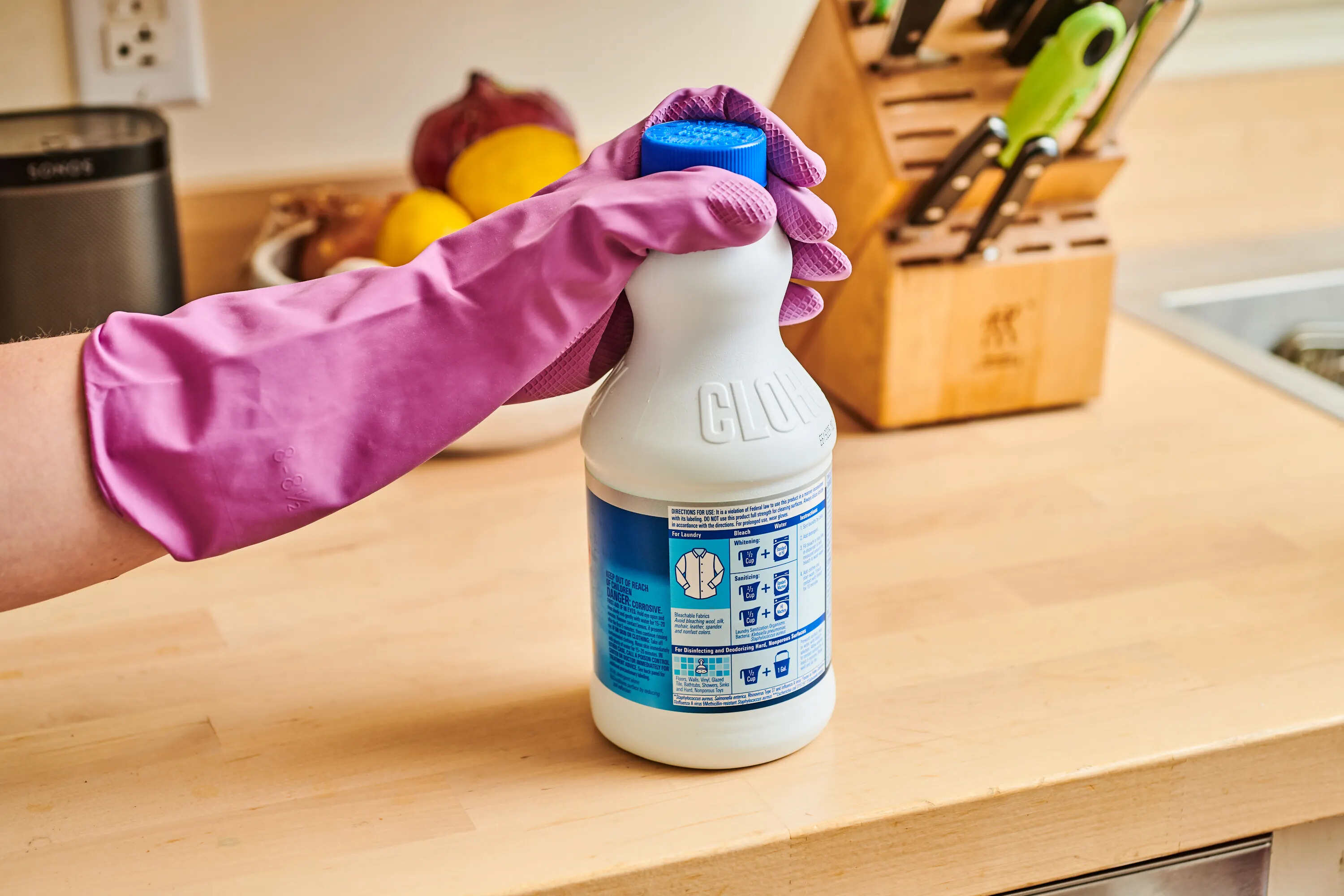

Bathroom Storage
7 Ways To Clean Your Bathroom With Bleach
Modified: October 28, 2024
Discover 7 effective ways to clean and sanitize your bathroom using bleach. Transform your bathroom storage into a germ-free oasis with these simple tips and tricks.
(Many of the links in this article redirect to a specific reviewed product. Your purchase of these products through affiliate links helps to generate commission for Storables.com, at no extra cost. Learn more)
Introduction
Welcome to the ultimate guide on how to clean your bathroom with bleach. Keeping your bathroom clean and hygienic is essential for maintaining a healthy and comfortable living environment. Bleach is a powerful and versatile cleaning agent that can effectively remove stains, kill germs, and eliminate odors in your bathroom. In this article, we will explore seven different ways to use bleach to clean various areas of your bathroom, from bath fixtures and tiles to shower curtains and drains.
Before we dive into the cleaning methods, it is important to note that bleach should be used with caution and in well-ventilated areas. Always follow the manufacturer’s instructions and wear protective gloves and eyewear when handling bleach. Additionally, be mindful of the surfaces you are cleaning and check for compatibility with bleach to avoid any damage. Now, let’s take a closer look at the different ways you can use bleach to achieve a sparkling clean bathroom.
Key Takeaways:
- Keep your bathroom sparkling clean by using bleach to remove stains, disinfect surfaces, and eliminate mold and mildew. Just remember to use caution, follow safety guidelines, and test surfaces for compatibility.
- Regular use of bleach can help maintain a hygienic and inviting bathroom environment. From sanitizing the toilet bowl to refreshing drains, bleach offers versatile solutions for a clean and germ-free bathroom.
Removing Stains from Bath Fixtures
Bath fixtures, such as your bathtub, sink, and toilet, are prone to developing unsightly stains over time. Fortunately, bleach can be a great solution for removing these stains and restoring the shine to your fixtures. Here’s how you can do it:
- Start by preparing a solution of bleach and water. For most stains, a mixture of one part bleach to ten parts water is sufficient. However, for tougher stains, you can increase the concentration of bleach.
- Ensure that the area you’ll be cleaning is well-ventilated, as the fumes from bleach can be strong. Open a window or turn on the bathroom fan before proceeding.
- Dip a clean cloth or sponge into the bleach solution and gently scrub the stained areas of the fixtures. Let the solution sit for a few minutes to allow it to penetrate and break down the stains.
- Rinse the fixtures thoroughly with water to remove any remaining bleach residue. Be sure to wipe away any excess water and dry the fixtures with a clean towel to prevent water spots.
- If the stains persist, repeat the process or try using undiluted bleach directly on the stains. However, be cautious when using concentrated bleach, as it may cause damage to certain materials like stainless steel or acrylic.
Remember to always test a small, inconspicuous area first to ensure that the bleach doesn’t cause any discoloration or damage to the fixture. Additionally, avoid mixing bleach with other household cleaners, such as ammonia or vinegar, as it can create toxic fumes.
With regular maintenance and the occasional use of bleach, your bath fixtures can maintain their pristine condition, free from stubborn stains.
Disinfecting Toilet Bowl
The toilet bowl is one of the most essential elements of your bathroom to keep clean and sanitary. Bleach is a powerful disinfectant that can effectively kill germs and bacteria, ensuring a hygienic toilet bowl. Here’s how you can use bleach to disinfect your toilet bowl:
- Start by pouring half a cup of bleach into the toilet bowl.
- Using a toilet brush, scrub the inside of the bowl, ensuring that the bleach is spread evenly and reaches all areas, including under the rim and around the edges.
- Let the bleach sit in the toilet bowl for at least 10 to 15 minutes to allow it to disinfect and kill any bacteria or germs.
- Flush the toilet to rinse away the bleach. Make sure to hold the handle down to ensure a thorough flush.
- For any stubborn stains or lingering odors, you can repeat the process or use a toilet bowl cleaner specifically formulated for bleach compatibility.
It’s important to note that bleach should never be mixed with toilet bowl cleaners that contain acid or ammonia, as it can create toxic fumes. Always use bleach on its own and follow safety precautions when handling it.
Regularly disinfecting your toilet bowl with bleach not only keeps it clean, but also helps maintain a healthy and germ-free bathroom environment.
Cleaning Tiles and Grout
Tiles and grout are common features in bathrooms and can easily accumulate dirt, grime, and mildew over time. Thankfully, bleach can be a highly effective solution for cleaning and brightening both tiles and grout. Here’s how you can use bleach to restore the shine to your bathroom tiles:
- Mix a solution of one part bleach to four parts water in a bucket or spray bottle.
- Wearing gloves, apply the bleach solution directly onto the tiles and grout.
- Using a soft brush or sponge, scrub the surfaces gently in a circular motion, paying extra attention to any stained or discolored areas.
- Allow the bleach solution to sit for a few minutes to penetrate the grime and stains.
Next, rinse the surfaces thoroughly with water to remove any remaining bleach residue. Avoid leaving any bleach solution on the tiles or grout for too long, as prolonged exposure may cause damage. Additionally, ensure that the bathroom is well-ventilated to minimize the inhalation of bleach fumes.
If there are still stubborn stains or discolored grout, you can try using a more concentrated bleach solution or a commercial grout cleaner that is compatible with bleach. Be sure to follow the instructions on the product and test it on a small, inconspicuous area first.
Regularly cleaning your bathroom tiles and grout with bleach will not only keep them looking fresh and clean, but also help prevent the growth of mold and mildew.
Removing Mold and Mildew
Mold and mildew are common problems in bathrooms due to the high levels of moisture. Not only are they unsightly, but they can also pose health risks. Bleach is an effective solution for eliminating mold and mildew and preventing their recurrence. Here’s how you can use bleach to tackle these issues:
- Put on protective gloves and ensure the bathroom is well-ventilated by opening windows or turning on the fan.
- Create a solution of one part bleach to three parts water in a spray bottle or bucket.
- Spray or apply the bleach solution directly onto the affected areas where mold or mildew is present. It’s essential to cover all visible mold patches and ensure the solution reaches into cracks and crevices.
- Allow the bleach solution to sit for approximately 15 minutes to effectively kill the mold and mildew.
- Scrub the area with a brush or sponge to remove the mold and mildew stains.
- Rinse the area thoroughly with water to remove any residual bleach solution.
- Ensure that the area is completely dry to discourage the regrowth of mold and mildew.
It’s important to note that bleach can only remove the visible mold and mildew. If you suspect that mold has spread beyond the surface, it’s advisable to consult a professional mold remediation expert.
Additionally, it’s crucial to address the underlying moisture issue in your bathroom to prevent mold and mildew from recurring. Ensure proper ventilation, fix any leaks, and regularly clean and dry bathroom surfaces to minimize moisture levels.
By using bleach regularly to remove mold and mildew, you can maintain a clean, healthy, and mold-free bathroom environment.
To effectively clean your bathroom with bleach, always make sure to ventilate the area by opening windows or using a fan to avoid inhaling harmful fumes.
Read more: How To Clean A Toilet With Bleach
Cleaning Shower Curtains and Liners
Shower curtains and liners are exposed to constant moisture, leading to the growth of mold, mildew, and soap scum. Cleaning them regularly is essential to prevent buildup and maintain a fresh and hygienic bathroom. Bleach can effectively remove stains, kill bacteria, and eliminate odors from shower curtains and liners. Here’s how you can clean them with bleach:
- Start by removing the shower curtain or liner from the rings or hooks.
- Check the care label to ensure that the material is bleach-safe. Most vinyl, plastic, and synthetic fabric curtains can be cleaned with bleach, but natural fabrics may not be bleach-compatible.
- Prepare a solution of one part bleach to three parts water in a large bucket or basin.
- Place the curtain or liner in the bleach solution and let it soak for about 10 to 15 minutes. For stubborn stains or heavy mildew growth, you may extend the soaking time or increase the concentration of bleach in the solution.
- Using a soft brush or cloth, gently scrub the entire surface of the curtain or liner to remove any remaining stains or residue.
- Rinse the curtain or liner thoroughly with water to remove any traces of bleach.
- Hang the shower curtain or liner back on the rings or hooks and allow it to air dry completely before using it again.
It’s crucial to follow the manufacturer’s instructions and perform a patch test in an inconspicuous area before using bleach on your shower curtain or liner. This will help ensure that there are no adverse effects, such as discoloration or damage.
Regular cleaning with bleach will help keep your shower curtains and liners looking fresh and free of mold or mildew. Additionally, consider using a mildew-resistant curtain or liner to minimize the chance of mold growth in the future.
Sanitizing Countertops and Surfaces
The bathroom countertop and other surfaces can harbor a multitude of bacteria and germs. By regularly sanitizing these areas, you can create a hygienic environment in your bathroom. Bleach is a powerful disinfectant that can effectively kill bacteria and sanitize countertops and surfaces. Here’s how you can use bleach to sanitize your bathroom:
- Start by preparing a solution of one tablespoon of bleach per gallon of water in a spray bottle.
- Spray the bleach solution onto the countertop and other surfaces in your bathroom.
- Using a clean cloth or sponge, wipe the surfaces thoroughly to ensure even distribution of the bleach solution.
- Let the bleach solution sit on the surfaces for at least five minutes to allow it to disinfect.
- Rinse the surfaces with water to remove any residual bleach.
- After rinsing, wipe the surfaces dry with a clean towel to prevent water spots.
It’s essential to ensure proper ventilation in your bathroom while using bleach. Open windows or turn on the bathroom fan to minimize exposure to bleach fumes.
Always test the bleach solution on a small, inconspicuous area first, especially if you’re unsure of the compatibility of bleach with your countertop material. Some surfaces, such as granite or marble, may be sensitive to bleach and require a milder disinfectant.
Regularly sanitizing your bathroom countertops and surfaces with bleach will help maintain a clean and germ-free environment, promoting good hygiene in your home.
Refreshing Drains and Pipes
Drains and pipes in your bathroom can easily become clogged and develop unpleasant odors over time. Bleach can be an effective solution for refreshing and maintaining clear and odor-free drains. Here’s how you can use bleach to keep your drains and pipes clean:
- Start by ensuring that your bathroom is well-ventilated by opening a window or turning on the fan.
- Pour half a cup of bleach directly down the drain.
- Let the bleach sit in the drain for about 15 minutes to allow it to break down any trapped debris and kill bacteria.
- Flush the drain with hot water for a few minutes to rinse away the bleach and unclog any loosened debris.
- For additional deodorizing, you can pour a mixture of one cup of baking soda followed by one cup of vinegar down the drain. Let it foam and bubble for a few minutes, then rinse thoroughly with hot water.
- Repeat this process once a month or as needed to keep your drains fresh and free from clogs.
It’s important to note that bleach should not be used in conjunction with other drain cleaners or chemicals, as this can create dangerous fumes. Use bleach on its own and follow safety precautions when handling it.
In addition to monthly bleach treatments, you can prevent future clogs by using drain strainers to catch hair and other debris, and by avoiding pouring grease or excess toiletry products down the drain.
By incorporating regular bleach treatments into your bathroom maintenance routine, you can keep your drains and pipes clear, odor-free, and functioning optimally.
Conclusion
Cleaning and maintaining a hygienic bathroom is essential for a healthy and comfortable living space. Bleach, with its powerful cleaning and disinfecting properties, can be a valuable tool in your bathroom cleaning arsenal. From removing stains on bath fixtures to sanitizing countertops and refreshing drains, bleach offers several benefits for maintaining a clean and germ-free bathroom.
However, it’s important to use bleach with caution and follow safety guidelines. Always wear protective gloves and eyewear when handling bleach, ensure proper ventilation in your bathroom, and avoid mixing bleach with other household cleaners.
When using bleach, be mindful of the surfaces you’re cleaning and test a small, inconspicuous area first to avoid any potential damage or discoloration. Some materials may not be compatible with bleach, so it’s important to read product labels and follow manufacturer instructions.
Incorporate the seven methods mentioned in this guide to effectively clean your bathroom with bleach. From removing stains on bath fixtures to disinfecting the toilet bowl, cleaning tiles and grout, eliminating mold and mildew, refreshing shower curtains and liners, sanitizing countertops, and refreshing drains and pipes, bleach can tackle various bathroom cleaning challenges.
Maintaining a clean and well-maintained bathroom not only enhances the aesthetics but also promotes a healthy and hygienic environment. By incorporating bleach into your bathroom cleaning routine, you can ensure that your bathroom remains a clean and inviting space for you and your family.
Remember to follow safety precautions, use bleach responsibly, and always store it out of reach of children. With regular cleaning and proper care, your bathroom will shine with cleanliness and stay fresh and inviting for years to come.
Frequently Asked Questions about 7 Ways To Clean Your Bathroom With Bleach
Was this page helpful?
At Storables.com, we guarantee accurate and reliable information. Our content, validated by Expert Board Contributors, is crafted following stringent Editorial Policies. We're committed to providing you with well-researched, expert-backed insights for all your informational needs.

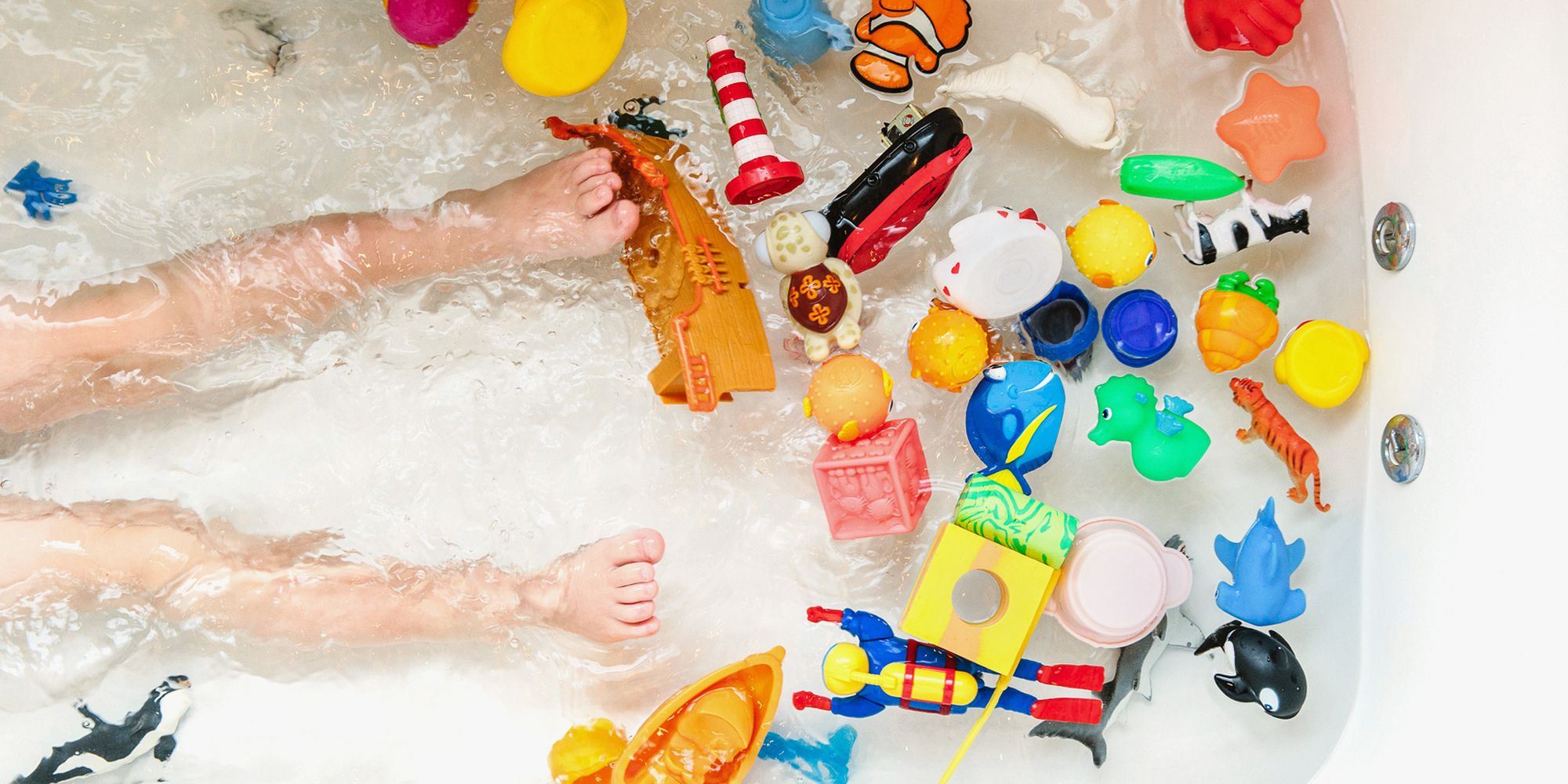
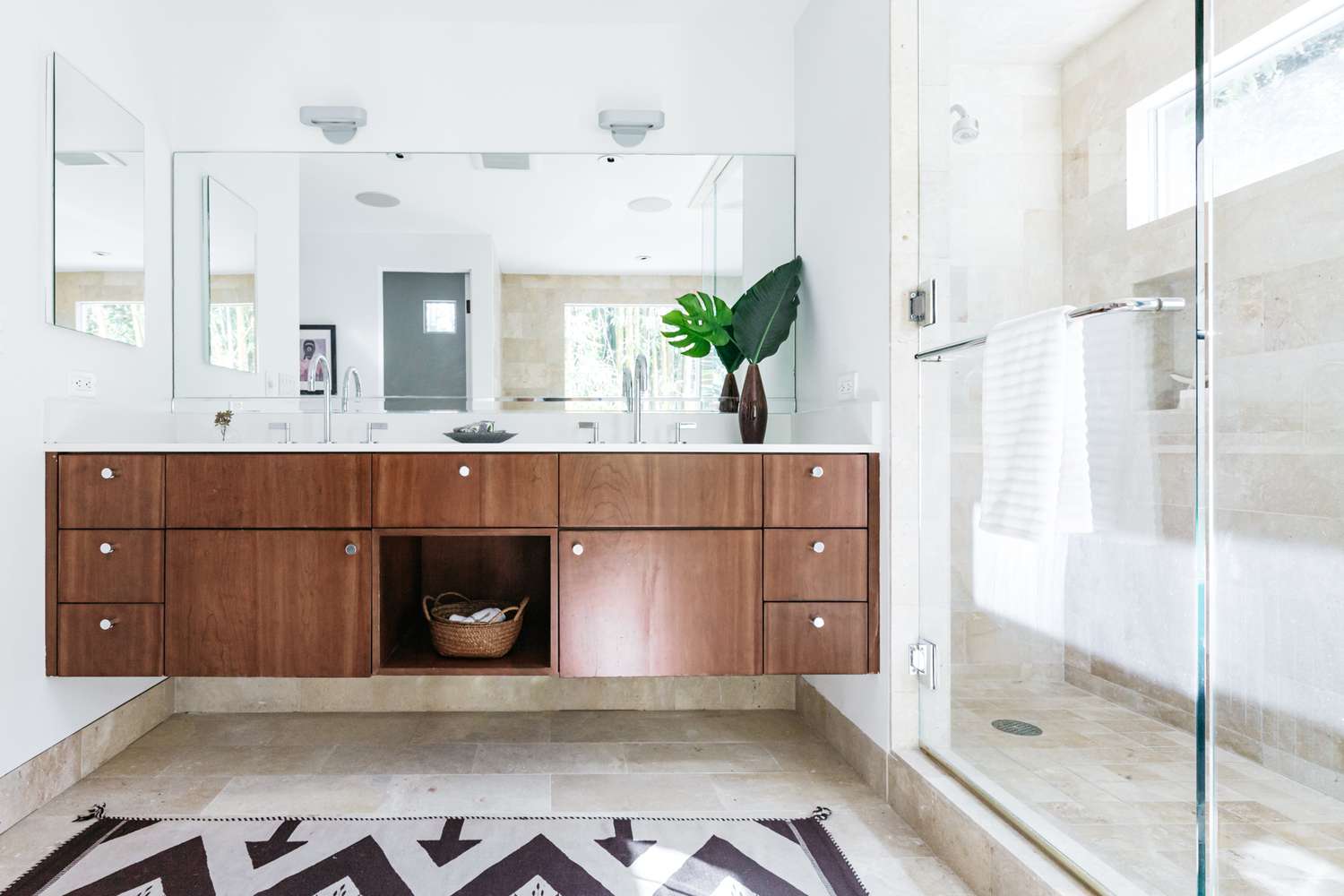

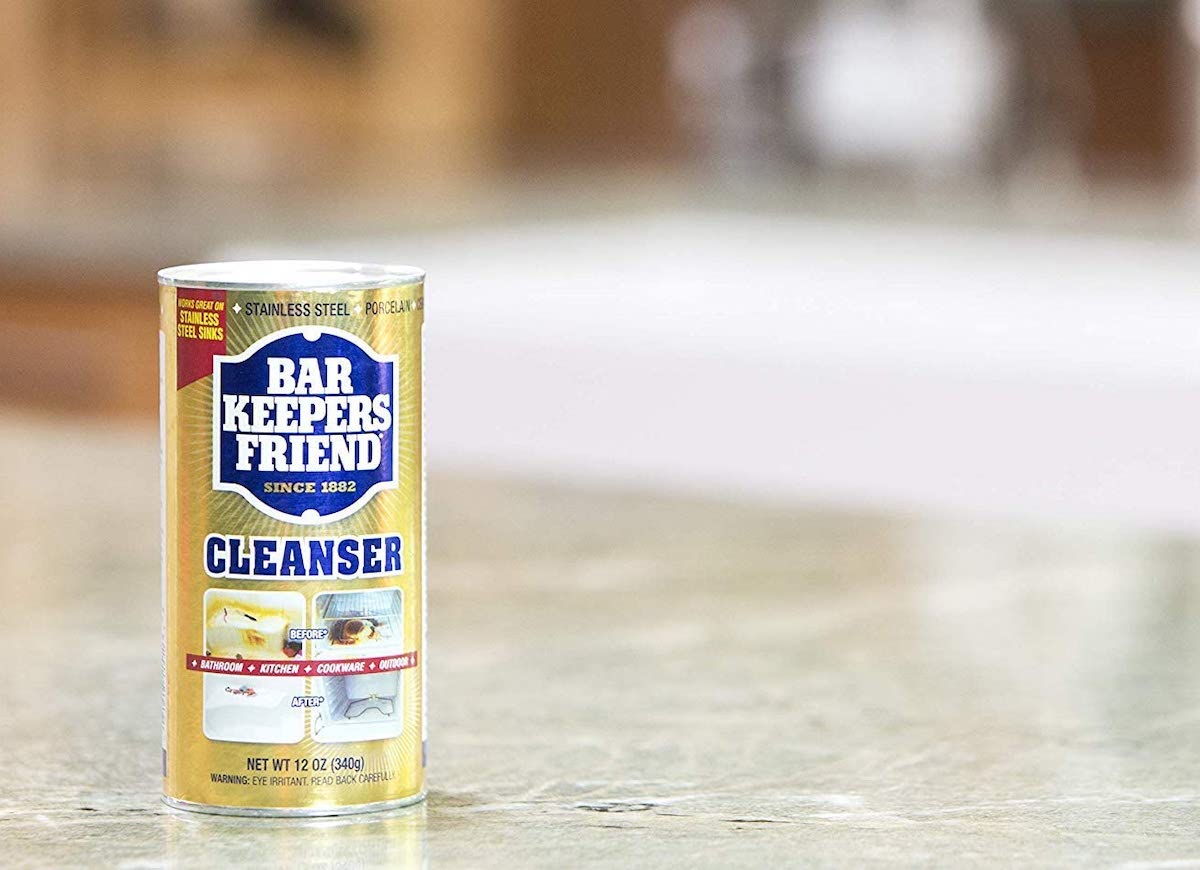
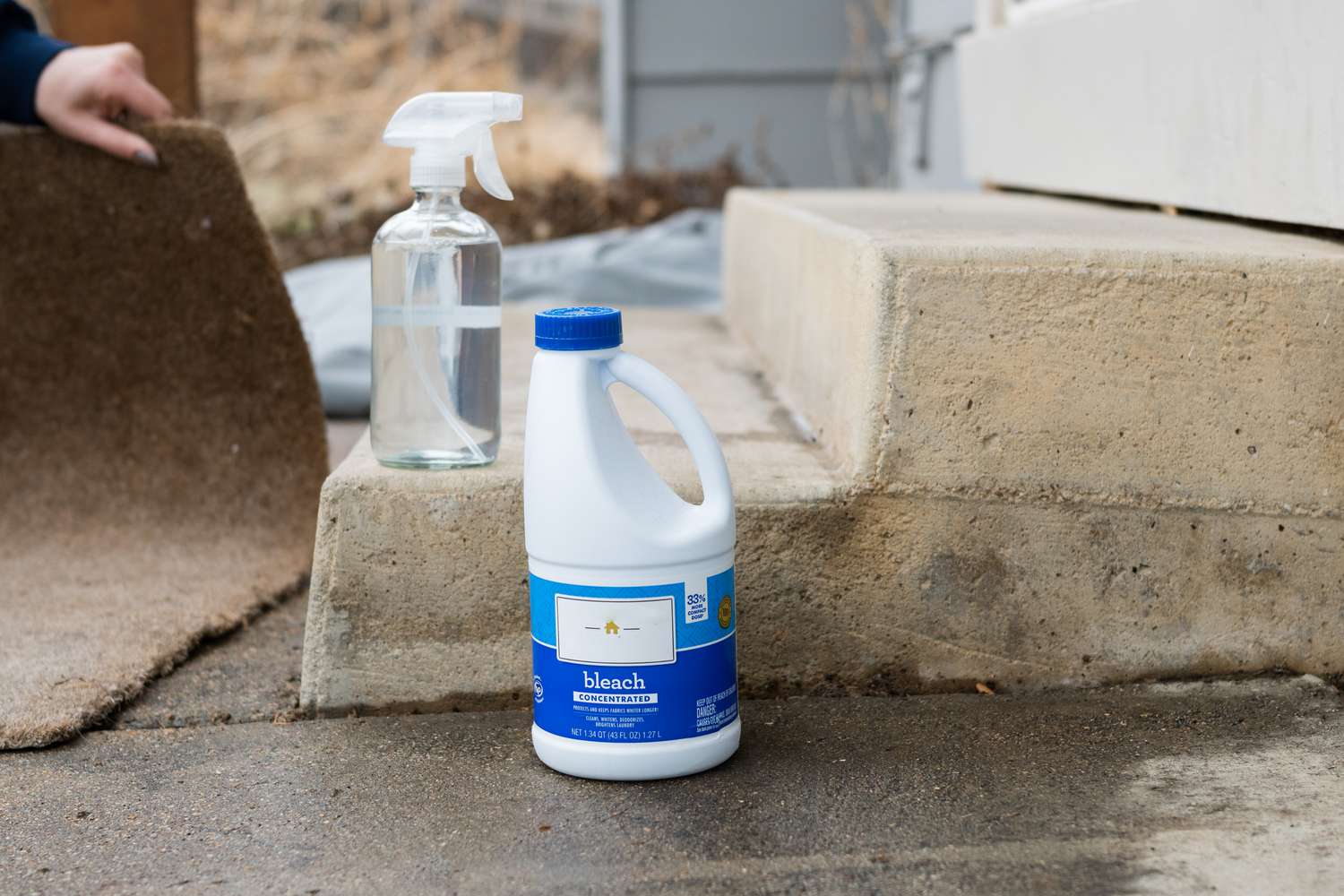
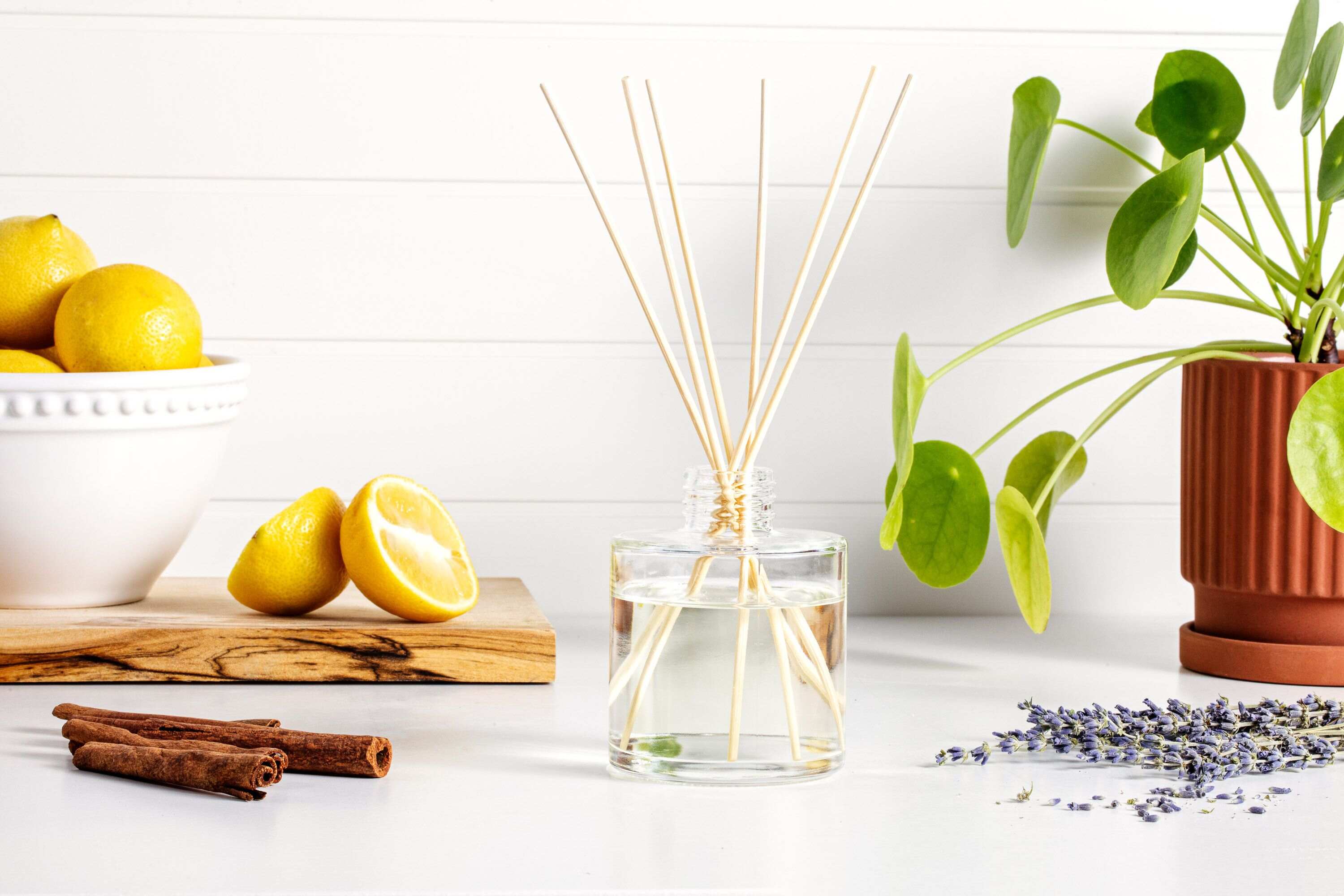
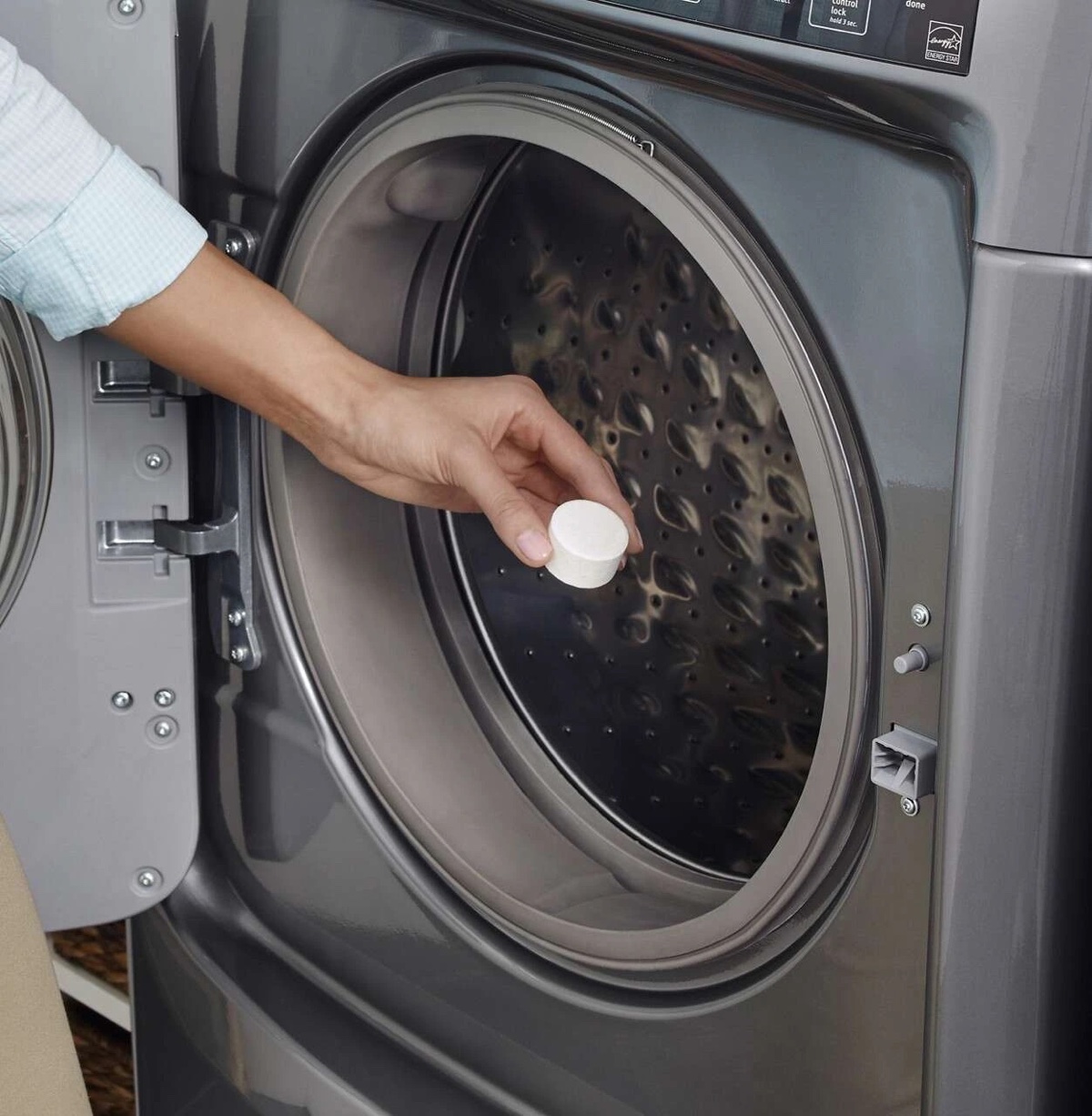
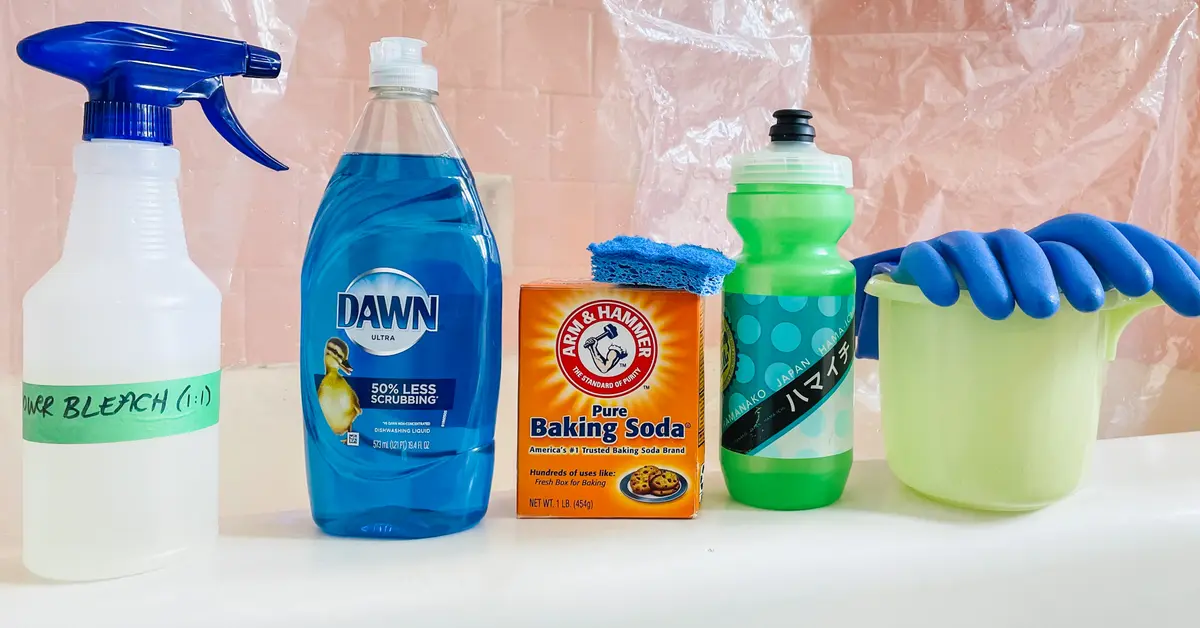
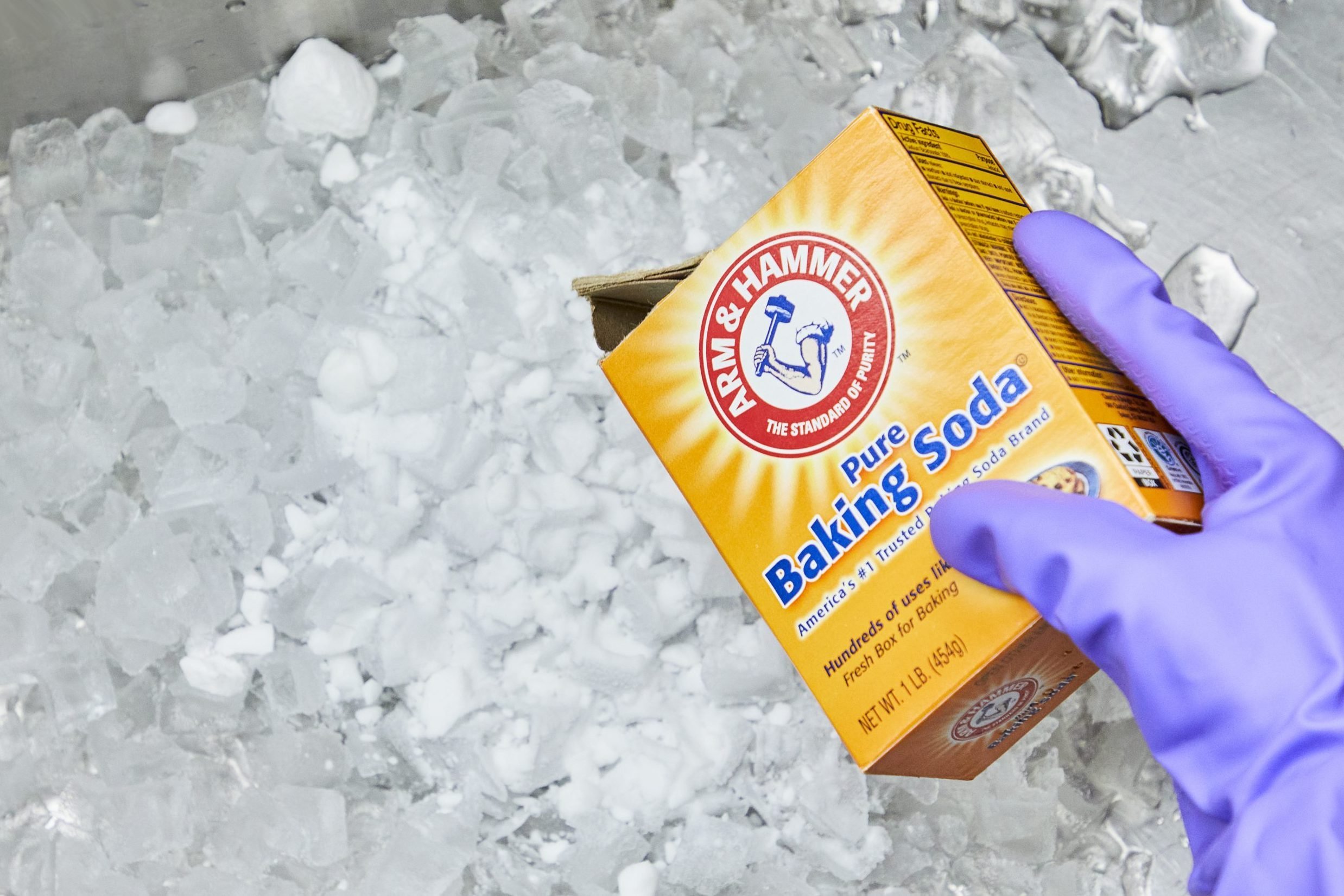
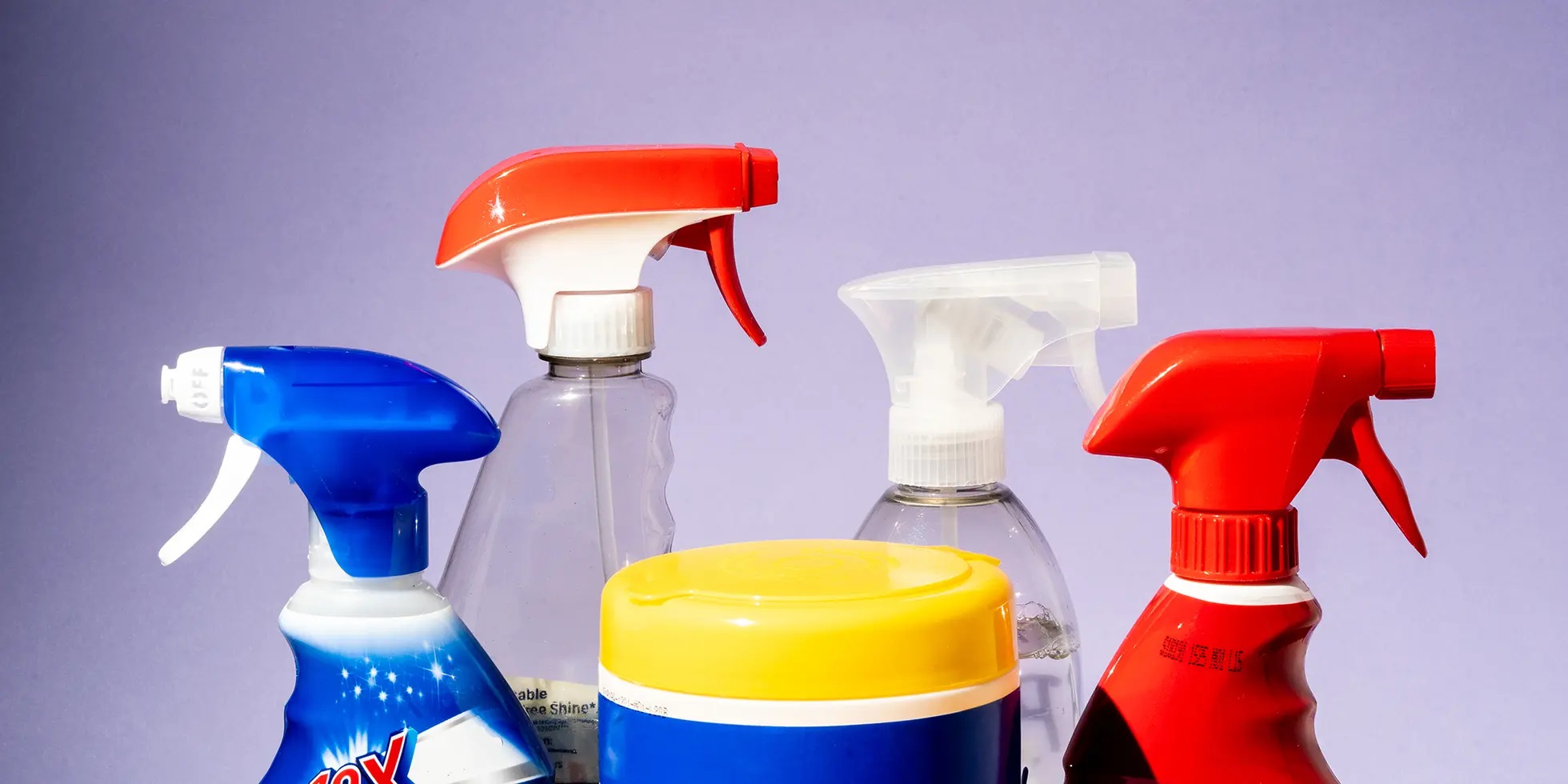
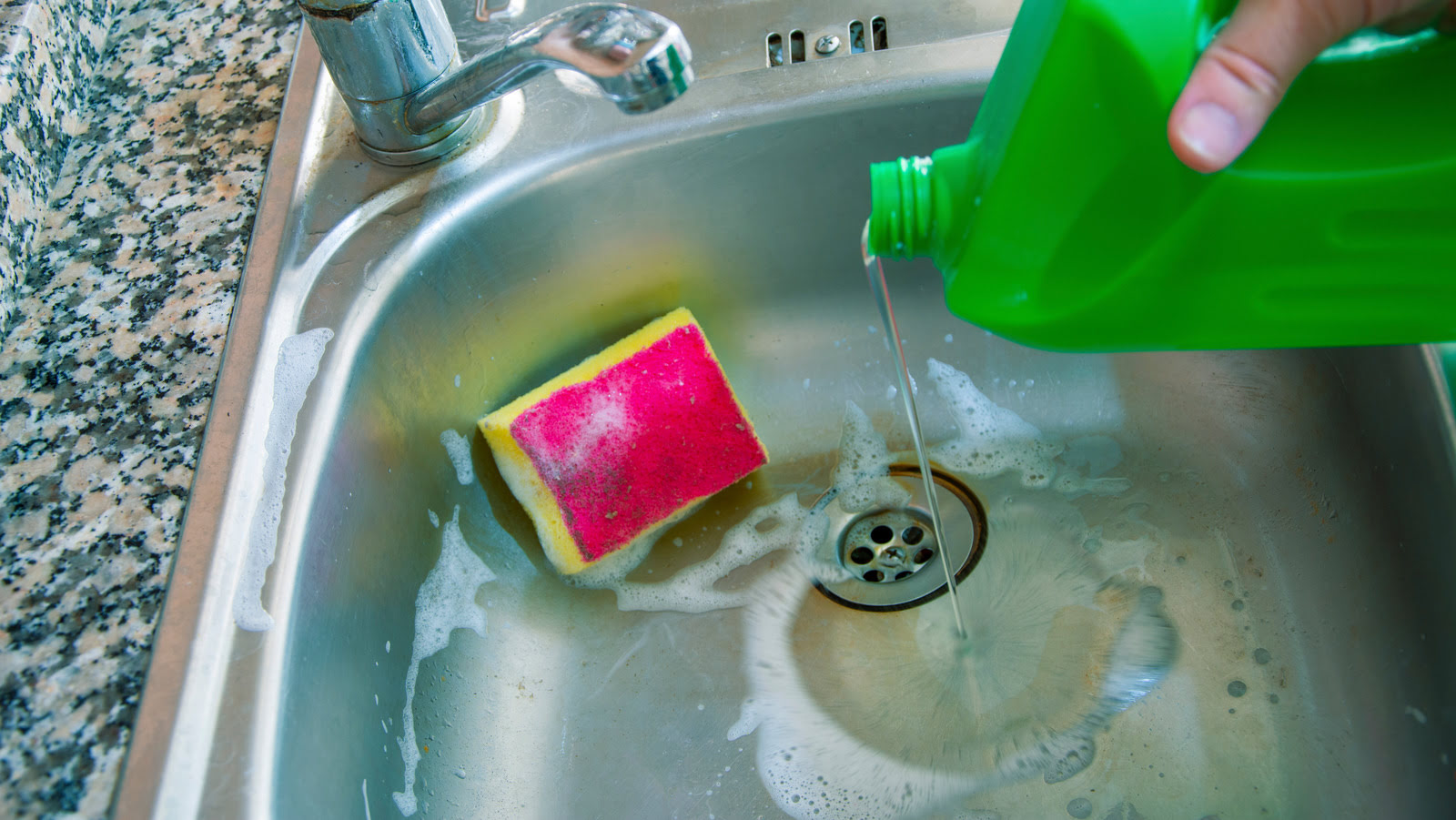
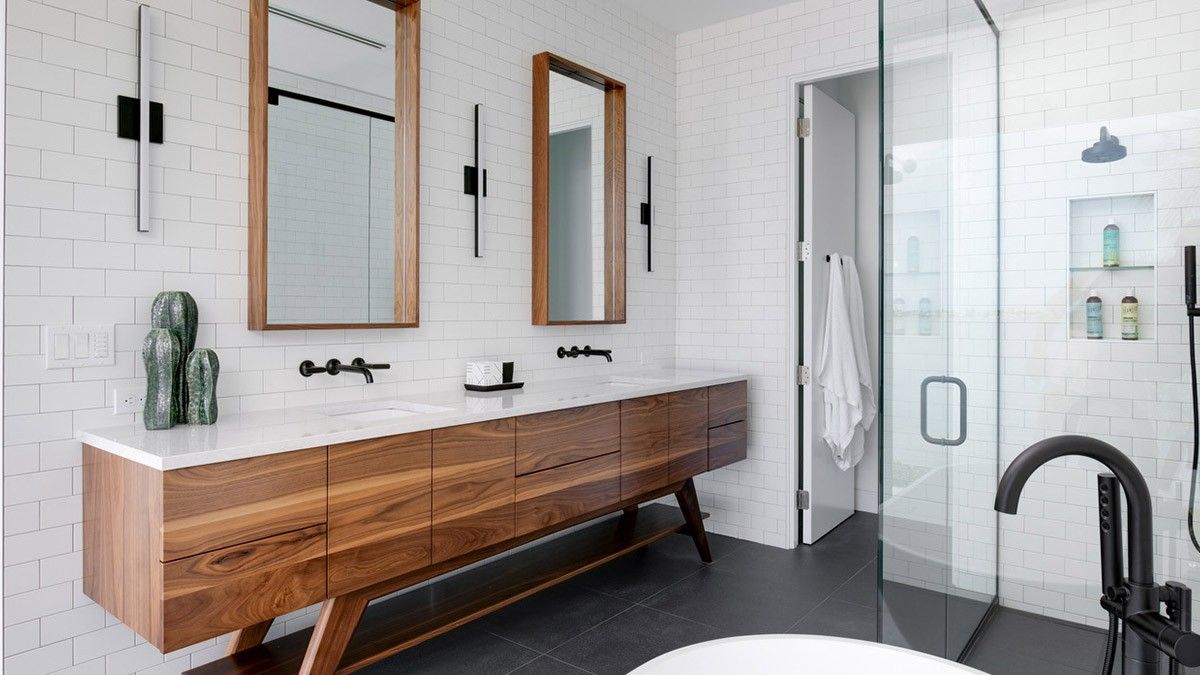
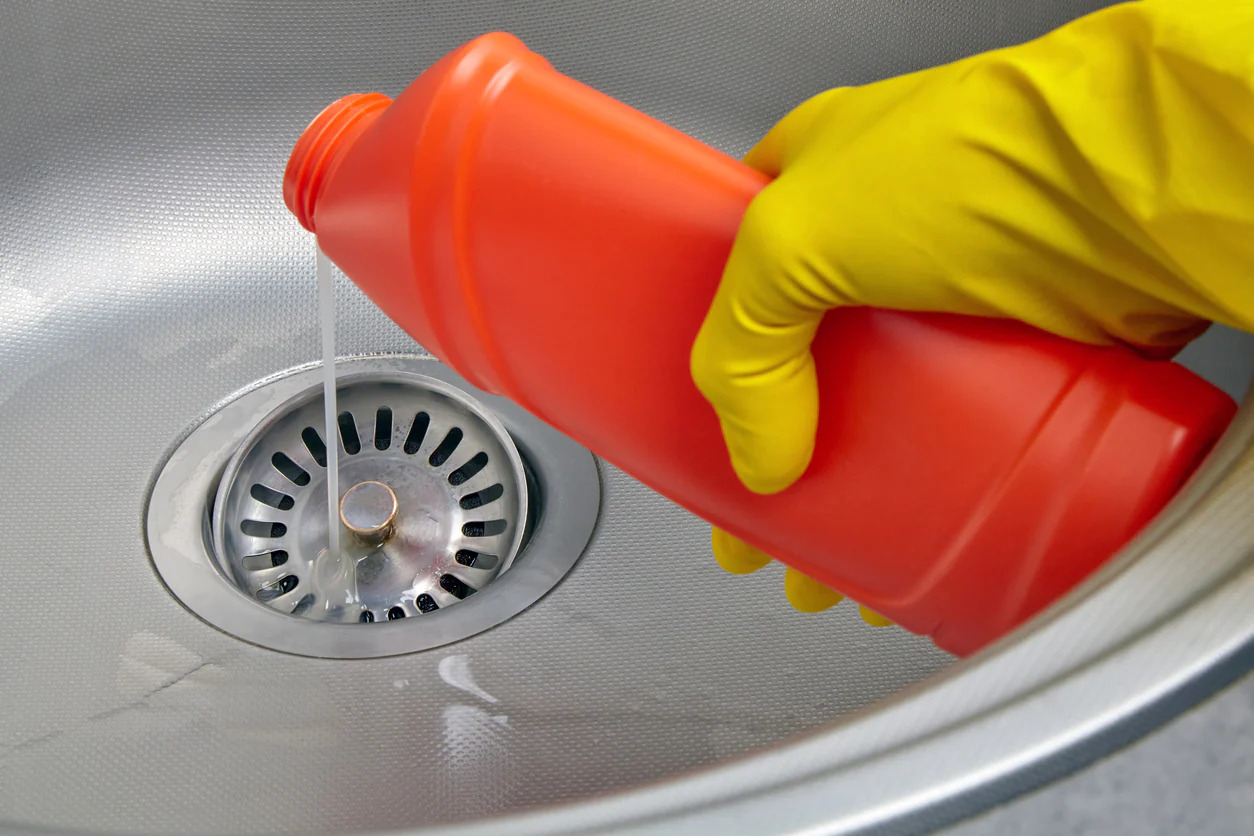

0 thoughts on “7 Ways To Clean Your Bathroom With Bleach”